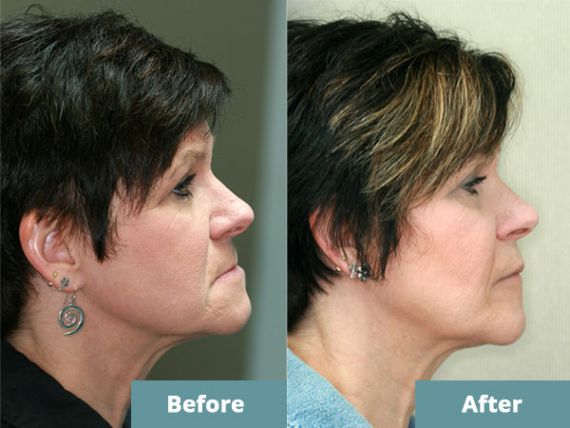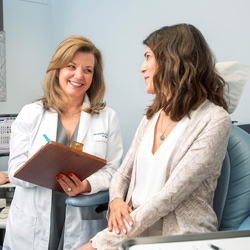What are facial growth orthodontics?
Facial growth orthodontics work through the use of appliances. These appliances, either fixed or removable, work to remodel mid-face and upper jaw growth by stimulating nerves in the palate. This nerve stimulation creates a micro-trauma, which causes the body to form new bone and soft tissue, which in turn helps to restructure and remodel growth in the upper jaw and the mid-face/nasomaxillary complex.
When the top jaw reaches its proper size, the lower jaw follows suit and begins to function correctly and comfortably.
Get the smile you deserve!
Through Facial Growth Orthodontics, the jaws can reach harmony in both physiological appearance and function. So you can have a smile that is both beautiful and healthy, too! Schedule your consultation today!
Who is a good candidate?
There are several factors that determine if you are a good candidate for facial growth orthodontics.
- Facial asymmetries, cranial strains or other craniofacial disharmonies
- Crowded teeth
- TMJD or TMJD symptoms
- Sleep-disordered breathing, including obstructive sleep apnea
- Overdeveloped lower jaw (underbite)
- A set-back or undersized lower jaw (overbite)
- A chin that appears too small or a chin that appears too prominent
- Mid-face deficiency (the upper jaw is too far back)
- Flat face appearance
- A jaw that appears poorly defined




